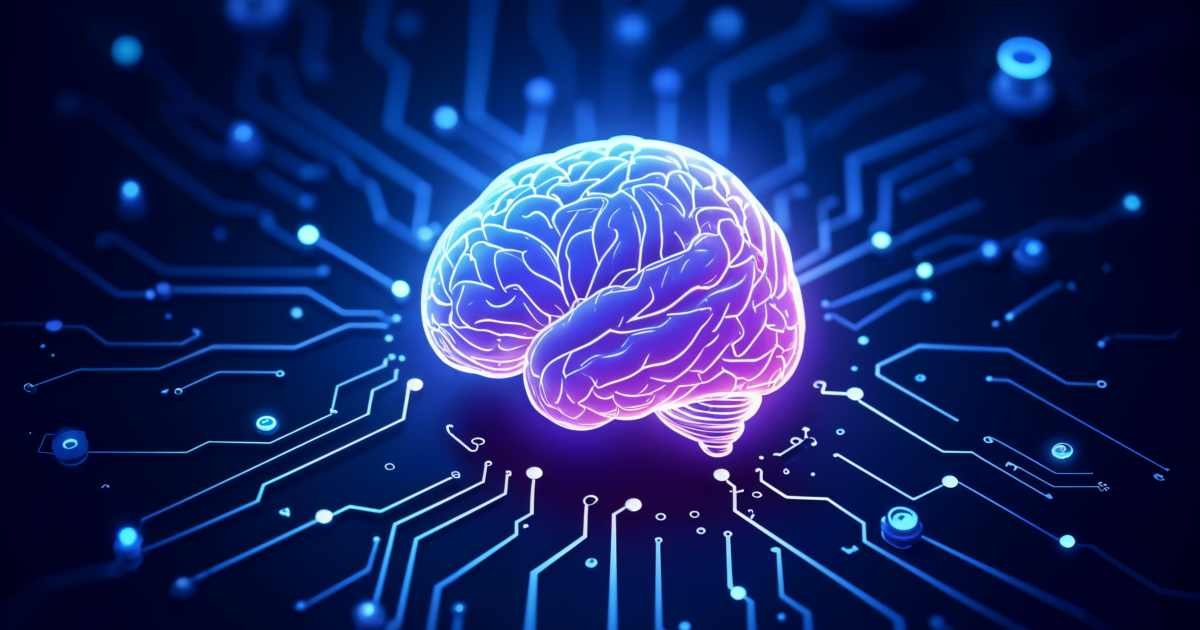From powering the viral chatbot ChatGPT to revolutionizing how developers write code, Large Language Models (LLASMs) have exploded from niche academic concepts into mainstream technological powerhouses. But what exactly are they? How do they work? And what do their rapid advancements mean for our future?
This comprehensive guide breaks down the core concepts of LLMs, demystifying the technology for everyone from curious beginners to seasoned AI practitioners.
The Core Concept: Deconstructing “Large Language Model”
At its heart, an LLM is a sophisticated type of artificial intelligence (AI) designed to understand, generate, and manipulate human language. Let’s break down the name itself:
- Large: This refers to two things: the sheer size of the model’s neural network (the number of “parameters”) and the colossal amount of data it was trained on. Parameters are the variables the model learns during training and are used to make predictions. For perspective, OpenAI’s GPT-3 model, released in 2020, has 175 billion parameters. Newer models have even more, with some research models pushing into the trillions.
- Language: The model’s primary domain is human language in all its forms—prose, poetry, conversation, computer code, and more. It learns the grammar, syntax, semantics, and nuanced patterns of this language.
- Model: It is a mathematical and statistical representation—not a conscious being. It calculates the probability of which word, or “token,” should come next in a sequence based on the input it has received. Think of it as the most advanced autocomplete system ever created.
How Do LLMs Work? A Simplified Look Inside
LLMs are built upon a specific type of neural network architecture called the Transformer, first introduced by Google researchers in 2017. The Transformer’s key innovation is the “attention mechanism,” which allows the model to weigh the importance of different words in the input text, regardless of their position. This gives it a powerful grasp of context.
The creation of an LLM involves two main stages:
- Pre-training: The model is fed an enormous corpus of text data from the internet, books, and other sources. This can include trillions of words. For example, a significant portion of the training data for many foundational models comes from the Common Crawl dataset, which contains petabytes of web crawl data. During this unsupervised phase, the model’s goal is simple: predict the next word in a sentence. By doing this billions of times, it learns intricate patterns of language and knowledge.
- Fine-tuning: After pre-training, the general-purpose model is further trained on a smaller, curated dataset to specialize it for specific tasks. This is how a model learns to be a helpful assistant, follow instructions, or refuse to answer inappropriate questions. This stage often involves techniques like Reinforcement Learning from Human Feedback (RLHF).
What Can LLMs Do? Practical Applications
The capabilities of modern LLMs are vast and continue to expand. Here are some of the most common applications:
- Content Creation: Writing emails, blog posts, marketing copy, and even creative fiction.
- Summarization: Condensing long documents, articles, or research papers into key points.
- Conversational AI: Powering sophisticated chatbots and virtual assistants like ChatGPT, Google’s Gemini, and Anthropic’s Claude.
- Code Generation: Writing, debugging, and explaining code in various programming languages, as seen in tools like GitHub Copilot.
- Translation: Translating text between languages with greater contextual accuracy than previous methods.
- Data Extraction: Finding and structuring specific information from unstructured text, such as pulling key terms from a contract.
The Double-Edged Sword: Ethical Considerations and Challenges
The immense power of LLMs comes with significant responsibilities and challenges that the AI community is actively working to address:
- Bias: Since LLMs learn from human-generated text, they can inherit and amplify societal biases related to race, gender, and culture.
- Misinformation: LLMs can generate “hallucinations”—convincing but entirely fabricated information—posing a risk for the spread of fake news.
- Environmental Impact: Training these massive models requires immense computational power and energy. A 2019 study estimated that training a single large AI model could emit as much carbon as five cars over their lifetimes. While efficiency is improving, the environmental cost remains a major concern, as highlighted by the Stanford Institute for Human-Centered AI.
- Job Displacement: The automation capabilities of LLMs raise valid questions about their impact on jobs in content creation, customer service, and programming.
Getting Started with LLMs: Resources for Everyone
Whether you want to use, build, or simply learn more about LLMs, there are abundant resources available.
For Users & Beginners:
- Interact directly with public-facing models like ChatGPT, Google Gemini, or Perplexity AI to get a feel for their capabilities.
For Developers & Practitioners:
- APIs: Leverage powerful pre-trained models via services like the OpenAI API or Google AI Platform.
- Open-Source Models: Explore and build with open-source models from platforms like Hugging Face, which hosts thousands of models, including Meta’s Llama series.
- Learning Platforms: Deepen your technical knowledge with courses from providers like Coursera (Natural Language Processing Specialization) and DeepLearning.AI.
The Future is Now
Large Language Models are more than just a fleeting trend; they represent a fundamental shift in how we interact with information and technology. As they become more capable, efficient, and integrated into our daily tools, understanding their principles, potential, and pitfalls is more important than ever. The journey of LLMs is just beginning, and it promises to be one of the most transformative technological sagas of our time.


